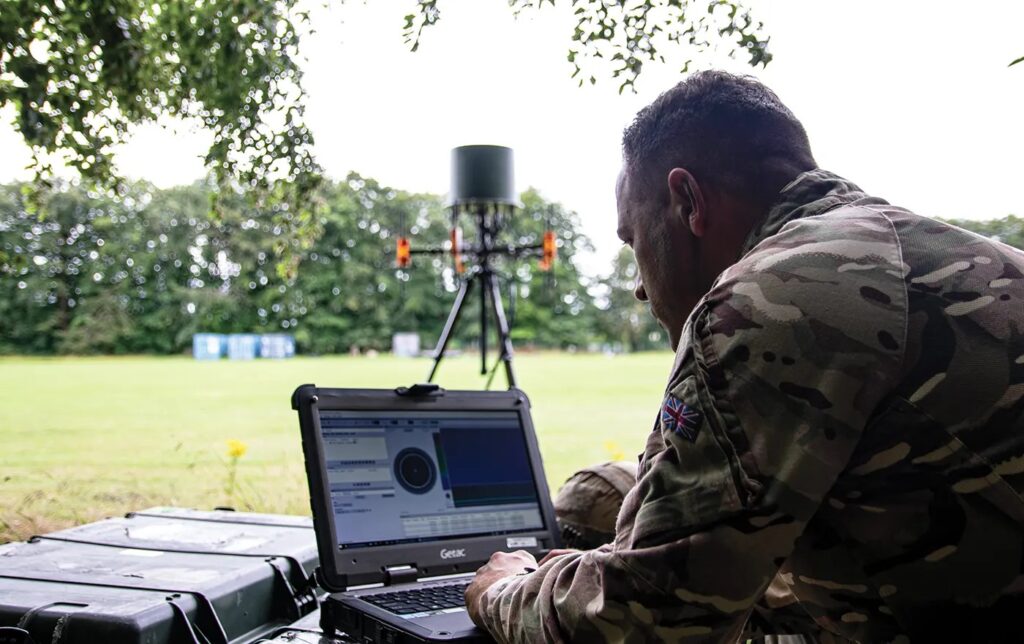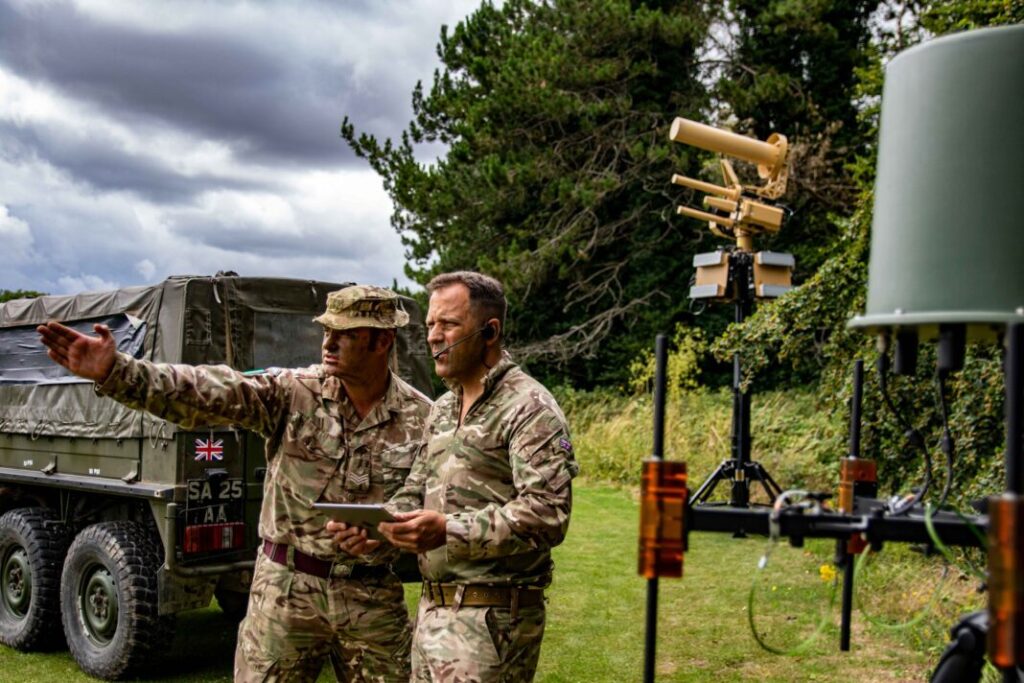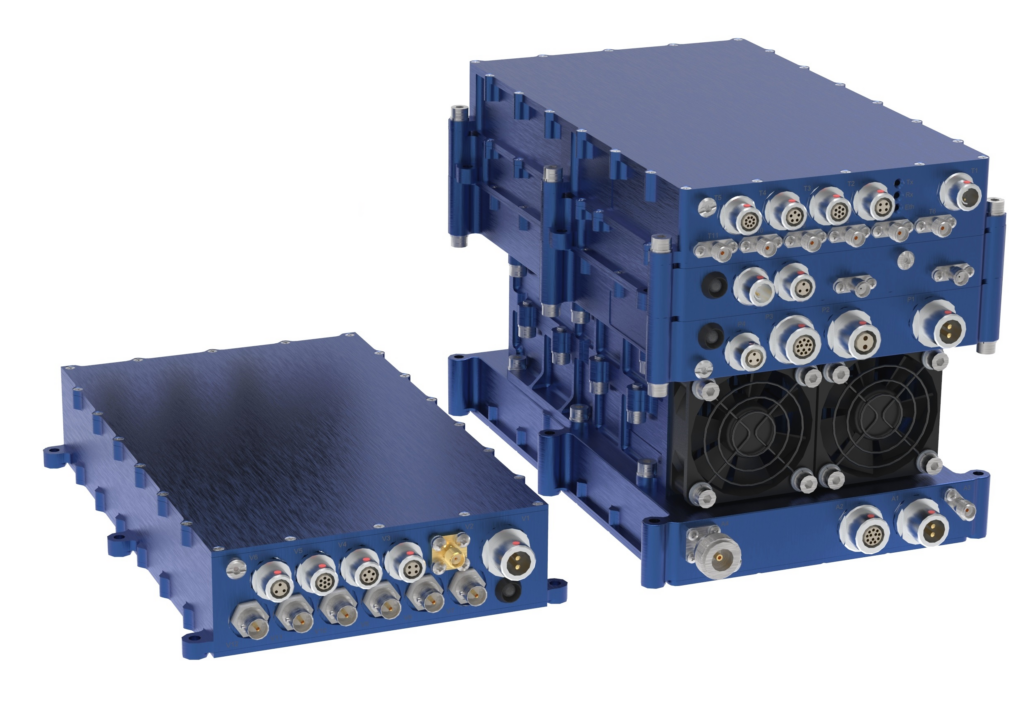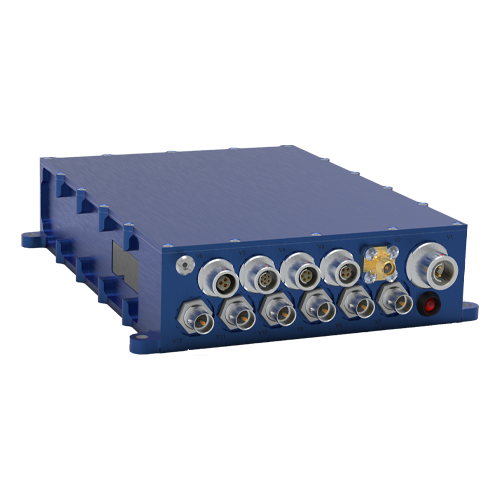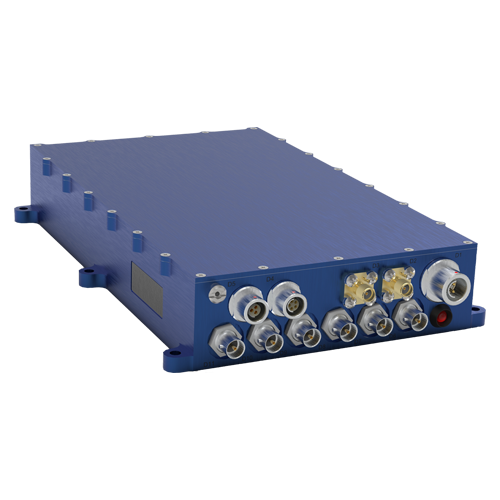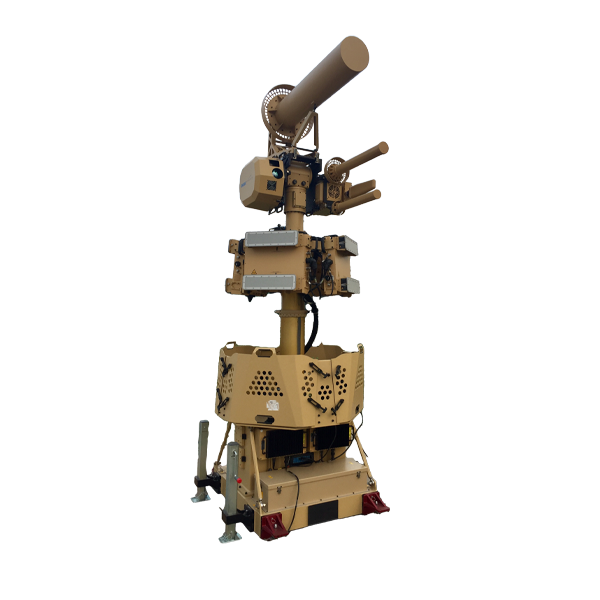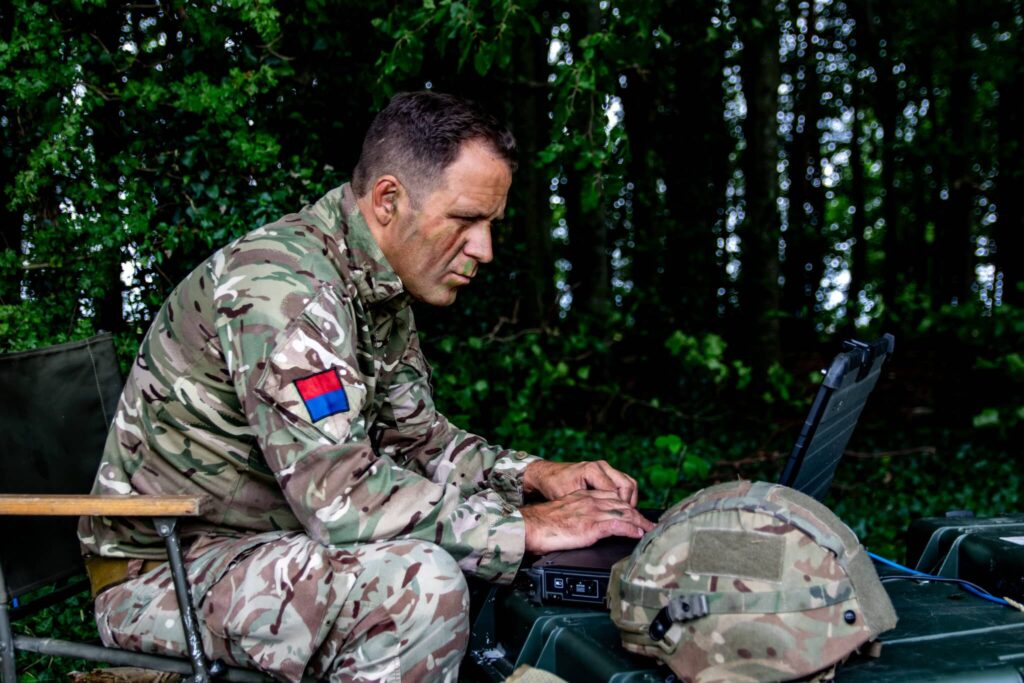Wappenham, UK – Enterprise Control Systems (ECS), part of the SPX Communication Technologies platform, today announces an expanded partnership with expert radiocommunication distributor SORRAC, to provide the French security and police teams with advanced Radio Frequency (RF) and Tactical Data Link capabilities.
The partnership agreement gives SORRAC rights to resell ECS Data Links capabilities in the region, where there is growing demand for secure real-time data transfer from air to ground to protect the nation and events such as the 2024 Paris Olympic Games. This extends SPX Communications Technologies’ existing relationship with SORRAC which provides defence and security teams with TCI’s Communications Intelligence (COMINT) capabilities.

Specifically, SORRAC will be able to sell ECS’s next-generation Evenlode Video and Audio Encoder / Decoder, its latest Tactical Data Link solution. It delivers improved low-latency, long-range, high-definition video and audio transfer for faster and more accurate intelligence gathering. Evenlode Video and Audio Encode / Decoder ensures timely and informed decisions can be made, even on the tactical edge. It also allows teams to select the latest mission-critical information required without disrupting the operation and simultaneously processing and transferring up to four video inputs for improved situational awareness.
James Cooke, European Business Development Manager at SPX Communication Technologies says: “After years supporting defence and security forces across Europe, the extended collaboration with SORRAC reflects our commitment to the French market and in delivering its teams the right technology for a more secure future. By combining our proven technology with local expertise we’re able to address challenges with the appropriate solution, a process based on listening and working collaboratively within the business, but also with customers and partners like SORRAC.”
Mr Ludovic Seixo Sales Manager at SORRAC says: “We look forward to expanding our collaboration with SPX Communication Technologies and delivering its Tactical Data Link technology to the French market. By continuing to combine our expertise, we’re confident in our ability to support customers in such a buoyant market and at such a critical time.”
About SPX Communication Technologies – ECS
Enterprise Control Systems (ECS), as part of the SPX Communication Technologies platform, innovates specialised technologies within the Radio Frequency (RF) spectrum to ensure a smarter, more secure future for all.
SPX Communication Technologies’ Tactical Data Link portfolio allows organisations that are conducting airborne ISR operations in the defence, security, and policing environments to transfer video and data securely and reliably between enabled aircraft and ground users over long distances in congested RF environments.
Combining decades of technology innovation and expertise with agile and collaborative teams, SPX Communication Technologies delivers sustainable and exceptional results to customers across the globe – in regions including Europe, APAC, the Middle East and Africa.
For more information on our Tactical Data Links, visit: Tactical Data Links – SPX Communication Technologies (enterprisecontrol.co.uk)

